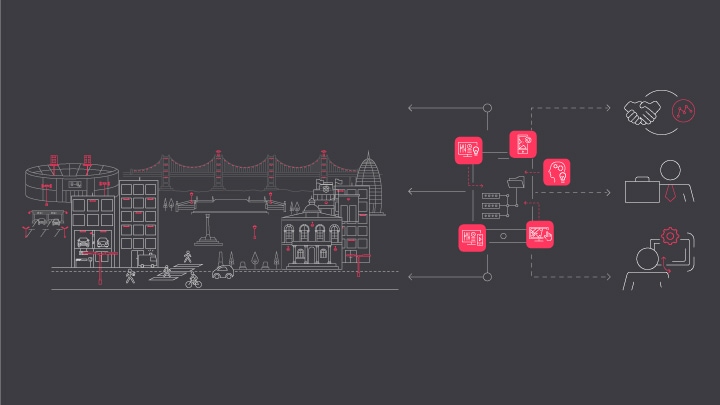In the last few years, we’ve experienced the convergence of concurrent climate and energy crises as well as a struggling economy, resulting in higher costs and supply chain disruptions. As our energy demand continues to increase, and the United States’s energy infrastructure continues to age, this “trilemma” is only exacerbated.
Energy-efficiency initiatives will play a decisive role in both the short term and the long term. In the short term, energy-efficient lighting retrofits and connected LED systems can help businesses, cities and consumers quickly and effectively reduce energy consumption and save costs. In the long term, such initiatives will help create the infrastructure required for achieving net zero ambitions.
Accelerating the switch to LED and connected lighting is the key to jumpstarting energy conscious efforts and facilitating a much-needed impact.
Start Simple with LED Lighting
In 2022, the U.S. residential and commercial sectors combined used about 213 billion kilowatt hours (kWhr) of electricity for lighting – approximately 5% of all electricity usage in the country. Moving from traditional to energy-efficient LED lighting can drastically reduce energy consumption and help lower carbon emissions. Not only that, LED bulbs usually last up to 25 times longer than their incandescent and halogen counterparts. By converting, consumers and businesses can expect to free up costs, spending less time and money replacing their lighting.
Switching to LED lighting is a fast, non-disruptive measure to support climate action.

Make the Leap to Connected
When connected to sensors and cloud-based software, or the Internet of Things (IoT), commercial LED lighting systems can push energy reductions to the next level. For example, facility managers can use Signify’s Interact connected lighting system to create lighting zones and groups in an office building, and then apply dimming schedules according to occupancy trends to boost energy efficiency. They can also leverage presence-aware dimming capabilities to detect the lack of motion in an area, and automatically reduce light levels, so light is only turned on when and where it is needed, further conserving energy.
In addition to smart buildings, connected lighting systems can help lay the groundwork for smart cities. Case in point: New York State. As part of the New York Power Authority’s (NYPA) Smart Street Lighting program, Signify is helping municipalities throughout the state upgrade to connected streetlighting solutions, to cut energy usage, enable smarter operations and unlock value beyond illumination, such as improving city services and supporting public safety initiatives.

Consumers Can Reap Benefits, Too
Upgrading residential lighting with LED technology can have a significant impact on electricity consumption and carbon emissions, while enabling more energy-efficient homes.
Encouragingly, many consumers have already started making the switch: nearly half of U.S. households use LED light bulbs in their homes. And the latest residential lighting technology is ultra efficient – delivering long-lasting illumination – up to 50,000 hours1 – that can help you consume 40% less energy2.

Building a Brighter Future
Making the change from conventional lighting to LED and connected lighting may seem daunting, but it’s a simple, yet significant, way to help reduce energy consumption and meet climate action targets.
As the world leader in lighting, Signify is committed to helping businesses, cities and consumers take action today, so we can contend with the current energy and economic crises while averting the worst impacts of climate change. We’re here to share our expertise – get in touch if you’re interested in learning more.
1 Calculation based on an average residential use of three hours a day.
2 Compared to standard Philips LED bulbs: Ultra efficient | Philips lighting

November 14, 2023
How lighting technology can help reduce risks to migrating birds